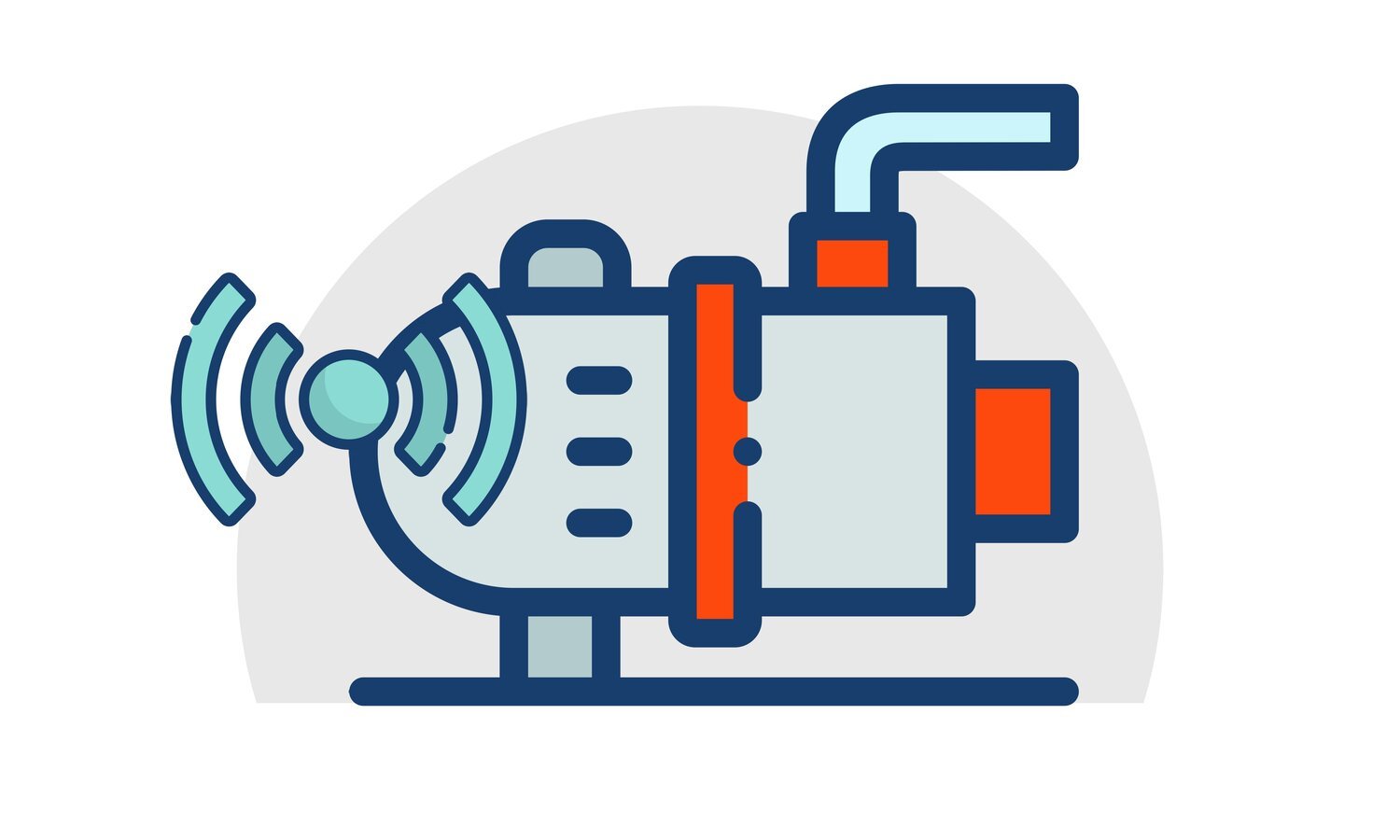Jig or Fixture Design Problems and Solutions
Test fixture resonance. Prior to test, a test fixture survey should be conducted to ensure that the structural characteristics of the test fixture do not introduce uncontrollable resonances into the test setup. The survey may be experimental or analytical. If problematic resonances are identified, modifications should be made to the test fixture to shift the resonance beyond the frequency range of the test or to dampen the resonance in order to minimize the effect on the test.
Acoustic Testing
Acoustic Testing is performed to determine if the material can resist the specified Acoustic environment. It must resist this environment without degradation of its functional performance and/or structural integrity. Acoustic Testing or Acoustic Emission Testing is the measurement of sound emissions radiating from the equipment under test. In other words, how loud is the equipment?
NVH Testing for Automotive
NVH, which stands for Noise, Vibration, and Harshness, is the study of the noise and modification vibration characteristics of vehicles and is basically a measure of how much unpleasant aural and tactile feedback the vehicles deliver as you drive. NVH testing enables early recognition of NVH phenomena, which can then be avoided early during the development stage of the powertrain. This later makes driving in the production vehicle more comfortable and serves to avoid complaints and a loss of image.
Multi Axis Vibration
Multi-Axis Vibration Testing, an advanced method in vibration testing, challenges the traditional Single Axis (Uniaxial) Vibration Shaker. While uniaxial testing mimics real-world conditions to some extent, it fails to replicate the simultaneous vibrations a product experiences in its end-user environment. Multi-axis vibration testing involves shaking a sample along three orthogonal axes (X, Y, Z), providing a more comprehensive evaluation of a product's response to vibrations. This approach is proven to yield different responses, influencing fatigue damage distribution and failure modes.
Vibration Sensor: Definitions, Applications and How to Use it
A vibration sensor is a device that measures the amount and frequency of vibration in a given system, machine, or piece of equipment. Vibration sensors can be used to give maintenance teams insight into conditions within key assets that might lead to equipment failure, allowing them to predict the maintenance of the machinery, to reduce overall costs and increase the performance of the machinery.
Common Mistakes EV Battery Manufacturers Make
Embark on a journey through the intricacies of EV battery manufacturing. Explore real cases unveiling oversights in Vibration Testing, Mechanical Testing, and more. Discover solutions to elevate your processes and emerge as a trailblazer in the competitive electric vehicle landscape.
Can an Accelerometer Measure Distance?
In the world of technology, the accelerometer, a versatile sensor, has emerged as a crucial component in various devices. One common question revolves around its ability to measure distance accurately. While accelerometers excel at measuring acceleration, their role in distance estimation is not straightforward. This article explores the working principles of accelerometers, their limitations, and the methods used to estimate distance, shedding light on their significance in modern technology.
Shock Testing
Shock testing is a critical process used across various industries to evaluate the resilience and reliability of products subjected to dynamic mechanical forces. This comprehensive guide explores the fundamentals of shock testing, emphasizing the significance of classical shock pulses, the types of shock testing machines, and the key steps involved in conducting shock tests on electrodynamic shakers.
Fatigue Life Test on Battery
The world is witnessing a significant shift towards renewable energy and sustainable technology. As a result, the demand for reliable and long-lasting energy storage solutions, such as batteries, is on the rise. One crucial aspect that determines the performance and durability of a battery is its fatigue life. The fatigue life of a battery refers to the number of charge and discharge cycles it can endure before its capacity significantly degrades. To ensure the efficiency and longevity of batteries, manufacturers conduct fatigue life tests, which are instrumental in determining their real-world performance. In this article, we will explore the process of conducting a fatigue life test on batteries and its significance in various applications.
Shock Response Spectrum Analysis Approach for Optimal Design of Electronic Devices
The Shock Response Spectrum (SRS) is a vital tool in the design of electronic devices. It provides engineers with a graphical representation of the device's response to shock loads, helping them optimize its shock resistance. By analyzing the SRS curve, engineers can identify critical frequencies, make informed design decisions, and improve reliability. The SRS analysis ensures cost-effective design, reduces the risk of failure during shocks, and enhances overall device performance.
What Problems Do Vibration Engineers Encounter?
Vibration engineering plays a crucial role in various industries, including aerospace, automotive, civil engineering, and manufacturing. Engineers in this field face unique challenges that demand their expertise in understanding, analyzing, and controlling vibrations. In this article, we will explore the common problems encountered by vibration engineers and the strategies they employ to address them.
Vibration Testing for Electronic Parts and EEE Components
In today's fast-paced world, electronic parts and EEE (Electrical and Electronic Equipment) components play a critical role in various industries. From automotive vehicles to aerospace systems and consumer electronics, these components need to withstand the rigors of real-world vibrations. This is where vibration testing comes into play. By subjecting electronic parts to controlled vibrations, engineers can evaluate their durability, reliability, and performance. In this article, we delve into the importance of vibration testing for electronic parts and EEE components. We explore its applications in different industries, the challenges involved, best practices, case studies, and future trends, and provide answers to frequently asked questions.
Predictive Maintenance for Shaker Systems: Maximizing Equipment Lifespan
Predictive Maintenance for Shaker Systems is a powerful tool that can help companies improve the reliability and efficiency of their equipment. By using data analytics and machine learning to predict when maintenance should be performed, companies can address potential issues before they become major problems, improving safety and productivity. In this article, we will explore the benefits of Predictive Maintenance for Shaker Systems, how companies can get started with it, and some common FAQs associated with its implementation.
Importance of Vibration Testing Maintenance & Genuine Parts
Preventive maintenance programs, genuine spare parts, and technical support are critical components for ensuring the accurate and safe operation of vibration testing systems. Preventive maintenance programs can help catch potential issues before they become significant problems, while using genuine spare parts can help ensure accurate measurements and reduce the risk of equipment failure or safety hazards. Technical support can provide operators with training, guidance, and troubleshooting assistance to help optimize the system's performance
Vibration Testing in the Marine Industry: Why It Matters
Vibration testing is a critical aspect of ensuring the safety and reliability of marine equipment and structures. In the dynamic and demanding marine environment, vibration can be a significant source of equipment failure, leading to costly downtime, repairs, and safety hazards. By subjecting equipment to simulated vibration conditions, potential issues can be identified before they cause costly downtime or safety hazards. Learn more in our blog post.
Understanding the Importance of Vibration Testing of Electronic Components
Vibration testing is a crucial aspect of ensuring the reliability and durability of electronic components. This testing involves subjecting the components to mechanical stress and vibration to simulate the conditions they may encounter during their intended use. By identifying potential flaws early in the development process, manufacturers can improve the quality and safety of their products and reduce the risk of failure. At AscendTech Group, we offer a range of vibration testing systems and services to help ensure the success of your electronic components.
The Importance of Shock and Vibration Compliance Tests in Product Design
Shock and Vibration Compliance Testing is an essential part of product development for manufacturers across various industries. These tests ensure that products can withstand environmental stressors and meet necessary compliance standards, providing peace of mind to manufacturers and customers alike. At our ISO 17025 accredited laboratory SAC Singlas, our experienced team of engineers uses the latest testing equipment to conduct these tests efficiently and effectively. By partnering with us for your testing needs, you can ensure that your products meet compliance standards, are reliable, safe, and meet customer expectations.
Mechanical Shock Testing Introduction
In the world of mechanics, precision is key. Before products and designs can go out into the world, engineers need to understand every possible facet of their work. How strong is it? How fast, flexible, and durable is it? The answer is to create tests that mimic potential conditions the design might face, to evaluate how well the design performs against them. One such test is one that we call mechanical shock testing. This test is critical to the safety of many different types of mechanical designs.
Electronic Components Reliability Testing
If your company makes planes, trains, automobiles, medical devices, computers, and communication systems, or you are a large electronic device supplier, the reliability of your products in the field is crucial to your business success. The growing market for electric and hybrid vehicles is increasing the pressure on life-time performance of the devices that power them.



















